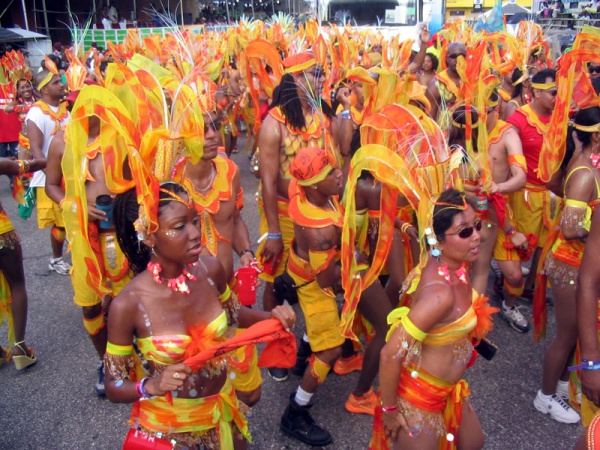Facts About Trinidad and Tobago Carnival
The Trinidad and Tobago Carnival is a vibrant, annual celebration teeming with colorful costumes, lively music, and rich cultural traditions. Held on the Monday and Tuesday before Ash Wednesday, this festival is a joyful explosion of calypso and soca music, stick-fighting, and limbo competitions.
The roots of Carnival date back to the 18th century, when French plantation owners hosted masquerade balls while the enslaved Africans held their own festivities called "Canboulay." Over time, the festival has evolved, embracing influences from indentured immigrants from India and other parts of the world, thereby creating the diverse cultural tapestry we see today.
A highlight of modern Carnival is its musical competitions. Titles like Calypso Monarch, King and Queen of the Bands, International Soca Monarch, and Panorama for steelpan bands are fiercely contested. These events celebrate the multicultural heritage of Trinidad and Tobago, with participants donning elaborate costumes and dancing through the streets to the infectious rhythms of steel and soca bands.
Unique characters have become iconic in Trinidad and Tobago's Carnival, including Pierrot, Minstrels, Midnight Robber, Jab Jab, Dame Lorraine, and Burrokeet. These characters enrich the festival with their own stories and traditions, adding layers of folklore to the celebrations.
But the magic of Carnival isn't confined to Trinidad and Tobago. Cities around the world, such as Toronto with its Caribana, Miami’s Miami Carnival, London’s Notting Hill Carnival, and New York City’s Labor Day Carnival, all host their own versions of this spectacular event. With deep historical roots, Trinidad and Tobago Carnival remains a dynamic and joyous expression of the country's cultural identity.
